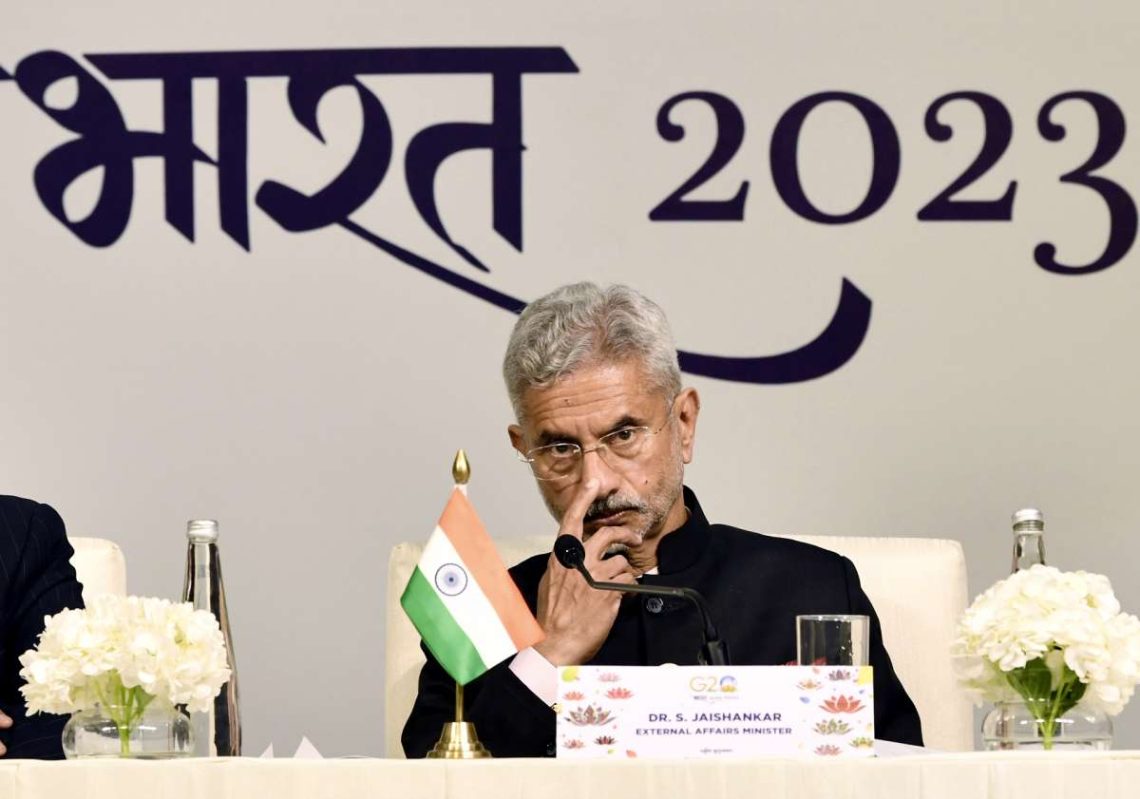

Over the next 72 years, the Dominican Republic experienced mostly civil wars (financed with loans from European merchants), several failed invasions by its neighbour, Haiti, and brief return to Spanish colonial status, before permanently ousting the Spanish during the Dominican War of Restoration of 1863–1865. Independence came 22 years later in 1844, after victory in the Dominican War of Independence. The leader of the independence movement, José Núñez de Cáceres, intended the Dominican nation to unite with the country of Gran Colombia, but the newly independent Dominicans were forcefully annexed by Haiti in February 1822. Īfter more than three hundred years of Spanish rule, the Dominican people declared independence in November 1821.

In 1697, Spain recognized French dominion over the western third of the island, which became the independent state of Haiti in 1804. The survivors intermixed with Spaniards, Africans, and others, forming today's tripartite Dominican population. After twenty-five years of Spanish occupation, the Taíno population in the Spanish-dominated parts of the island significantly decreased due to genocide. The colony of Santo Domingo became the site of the first permanent European settlement in the Americas and the first seat of Spanish colonial rule in the New World. The Genoese mariner Christopher Columbus explored and claimed the island for Castile, landing there on his first voyage in 1492. The Taínos also inhabited Cuba, Jamaica, Puerto Rico, and the Bahamas. They had constructed an advanced farming and hunting society, and were in the process of becoming an organized civilization. The native Taíno people had inhabited Hispaniola before the arrival of Europeans, dividing it into five chiefdoms. The official language of the country is Spanish. The Dominican Republic is the second-largest nation in the Antilles by area (after Cuba) at 48,671 square kilometers (18,792 sq mi), and third-largest by population, with approximately 10.7 million people (2022 est.), down from 10.8 million in 2020, of whom approximately 3.3 million live in the metropolitan area of Santo Domingo, the capital city. It occupies the eastern five-eighths of the island, which it shares with Haiti, making Hispaniola one of only two Caribbean islands, along with Saint Martin, that is shared by two sovereign states. The Dominican Republic ( / d ə ˈ m ɪ n ɪ k ən/ də- MIN-ik-ən Spanish: República Dominicana, pronounced i) is a country located on the island of Hispaniola in the Greater Antilles archipelago of the Caribbean region.
DOM OF RELIGION DAY CODE
Sources for area, capital, coat of arms, coordinates, flag, language, motto and names: įor an alternate area figure of 48,730 km 2 (18,810 sq mi), calling code 809 and Internet TLD:


 0 kommentar(er)
0 kommentar(er)
